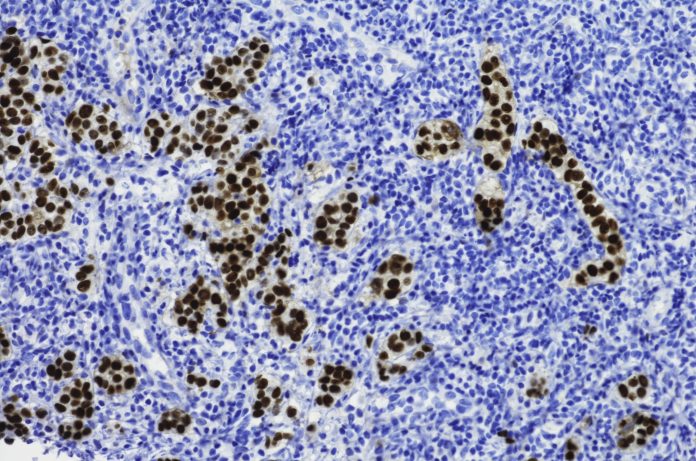
It’s clear Black women face a much higher risk from breast cancer, in part because of lack of access to guidelines-based care. But what can doctors do about this state of affairs? The American College of Surgeons (ACS) has released a review that outlines some action points for surgeons.
The lead author of the review is Angelena Crown, MD, FACS. Disparities, Crown told Inside Precision Medicine, “Span the entire breast cancer care continuum ranging from access to risk assessments and high-quality screening to reconstruction and guideline concordant care. These disparities are implicated not only in the differences we see in survival but also have consequences for quality-of-life outcomes for breast cancer survivors.”
An interdisciplinary team generated the review for Journal of the American College of Surgeons (JACs) following a panel discussion on breast cancer disparities at the American College of Surgeons (ACS) Clinical Congress in October 2022. The authors of this review include surgeons, a radiologist, and public health researchers.
The authors of the review note that “advances in breast cancer treatment have reduced the mortality rates over the past 25 years by up to 34% but not all groups have benefitted equally from these improvements.”
They also point out that surgeons “are often the first point of contact in a patient’s journey through breast cancer.” They can be important drivers of change, the authors add, by “maintaining their awareness of existing disparities and providing additional resources to patients when possible.”
The disparities are well documented. One study found that non-Hispanic black (NHB) women had breast cancer rates 39% higher than non-Hispanic whites. By state, excess death rates in black women ranged from 20% in Nevada to 66% in Louisiana.
Some of this disparity may be biologic. For example, there is evidence that chemotherapy response differs between races, and that different biomarkers indicate risk in Black women versus others.
So, what can surgeons do?
“The first step in taking action to address disparities is educating ourselves and advocating for our patients,” said Crown. “This can start in the office through basic things like performing risk assessments and triaging high risk women to appropriate imaging, referring women who plan to undergo mastectomy to plastic surgeons to discuss reconstructive options, and offering genetic testing. Physicians can also partner with colleagues and medical societies to help impact change on a larger scale.”
The review authors noted, that while disparities are multifactorial, there are four specific areas that require attention: Screening, genetic testing, reconstruction, and access to fertility-preservation treatments for cancer patients.
“These are topics that are often overlooked. We sort of assume that most women who are diagnosed with breast cancer may require these services and that they are readily available. But unfortunately, depending on geography or the type of hospital that a patient is being treated, many of these services may not be available,” explained Kathie-Ann Joseph, MD, MPH, FACS, senior author of the study and a professor of surgery and population health at New York University (NYU) Langone Health.
“Many breast surgeons may already be aware of some of the disparities that exist in regard to breast cancer care, but we wanted to illustrate the wide scope of the problems and raise awareness among general surgeons and other healthcare providers who treat breast cancer patients,” added Joseph.
“Whether you work in a rural or city hospital, these are real issues that we deal with and face every day.”













